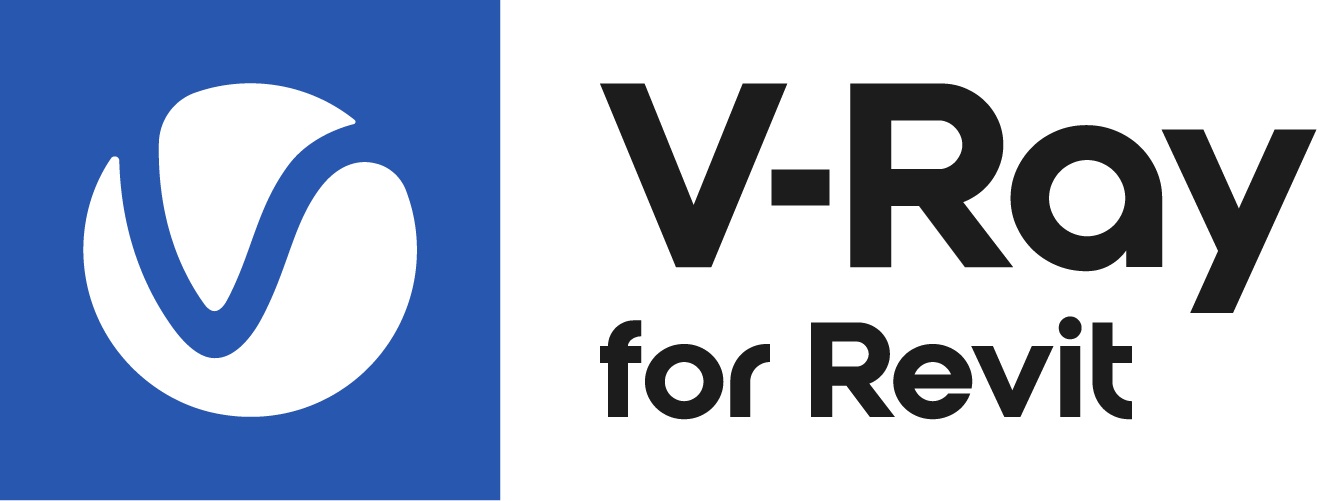This page provides information on the V-Ray Dirt Texture.
Overview
Dirt is a texture map that can be used to simulate a variety of effects such as dirt around the crevices of an object. It can also be used to produce an ambient occlusion pass.
Parameters
Unoccluded Color – Specifies the color that is returned by the texture for unoccluded areas. If a texture is selected, it overrides the color as long as the texture checkbox is enabled.
Occluded Color – Specifies the color that is returned by the texture for occluded areas. If a texture is selected, it overrides the color as long as the texture checkbox is enabled.
Radius – Specifies the amount of area (in scene units) where the Dirt effect is produced. If a texture is also used, the Radius value determines the amount of area where the texture blends.
Distribution – Forces the rays to gather closer to the surface normal. The effect is that the dirt area is being narrowed closer to the contact edges. For ambient occlusion, set this parameter to 1.0 to get distribution similar to the ambient lighting on a diffuse surface.
Falloff – Controls the speed of the transition between occluded and unoccluded areas. For more information, please see the Falloff Parameter example below.
Self-occlusion only – When enabled, the dirt affects only the objects, without including contact surfaces and edges.
Ignore self-occlusion – When enabled, the object does not occlude itself. It is still occluded by other objects in the scene.
Invert Normals – When enabled, the dirt effect is reversed with respect to surface normals - e.g. instead of crevices, open corners are shaded with the occluded color. For more information, please see the Invert Normals example below.
Double Sided – When enabled, the rays needed to generate the dirt map are shot from both sides of the faces (both in the direction of the normals and in the opposite direction).
Advanced Parameters
Ignore for GI – When enabled, the dirt effect are not taken into consideration for GI calculations. For more information, please see the Ignore for GI example below.
Use Transparency – When enabled, Dirt takes into account the opacity of the occluding objects. This can be used, for example, to calculate ambient occlusion from opacity-mapped trees etc. When disabled (the default), occluding objects are always assumed to be opaque. Note that working with correct opacity is slower, since Dirt must examine and evaluate the material on the occluding objects.
Environment Occlusion – When this option is switched on, V-Ray uses the environment when calculating the occlusion of areas that are not occluded by other objects.
Reflection Occlusion
Reflection Occlusion – Enables or disables the Reflection Occlusion.
BRDF – Specifies the procedural mode that is used to generate the VRayDirt texture.
Reflection Occlusion (Phong)
Reflection Occlusion (Blinn)
Reflection Occlusion (Ward)
Glossiness – Controls the spread of the rays traced for reflection occlusion. This is only used in Phong, Blinn, or Ward ambient occlusion mode.
Affect Reflection Elements – When enabled, the ambient reflection affects the reflection render elements. This can be used to create reflection masks.
Bias
Bias X – Biases the normals to the X-axis, so that the dirt effect is forced in this direction. Consider that the parameter can also take negative value for inverting the direction of the effect.
Bias Y – Biases the normals to the Y-axis, so that the dirt effect is forced in this direction. Consider that the parameter can also take negative value for inverting the direction of the effect.
Bias Z – Biases the normals to the Z-axis, so that the dirt effect is forced in this direction. Consider that the parameter can also take negative value for inverting the direction of the effect.
Multipliers
Mode – Specifies the multiplication mode of the colors.
Multiplier – The color used for blending is black.
Blend Amount – The color used for blending is the one specified in the color slot.
Unoccluded Color – Controls the intensity of the Unoccluded color. A texture map can be assigned to this channel.
Occluded Color – Controls the intensity of the Occluded color. A texture map can be assigned to this channel.
Example: Falloff Parameter
Example: Ignore for GI
This check-box determines whether the dirt effect is going to be visible during the GI calculation.
Example: Same Objects Only
Same objects only: on
Example: Invert Normals
A bitmap is used in the texmap radius slot. Notice that the main radius parameter still has effect - it determines the amount of area where the texmap radius bitmap would blend.






